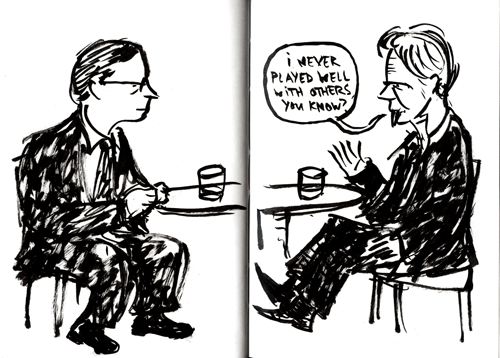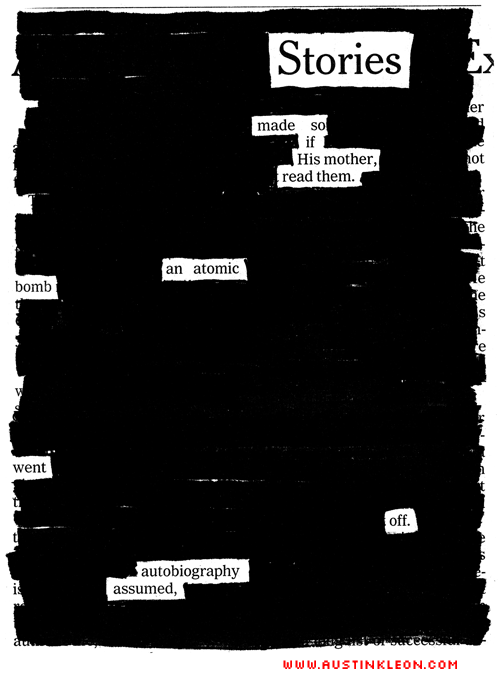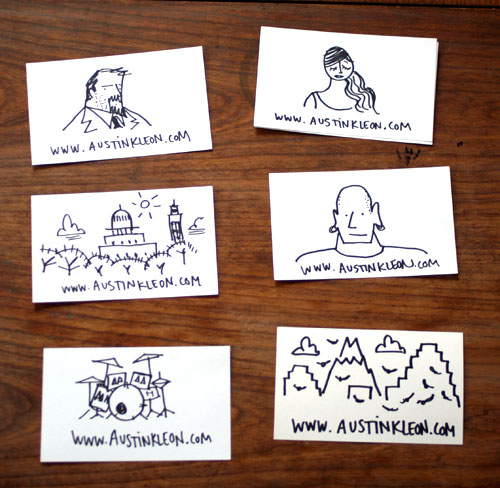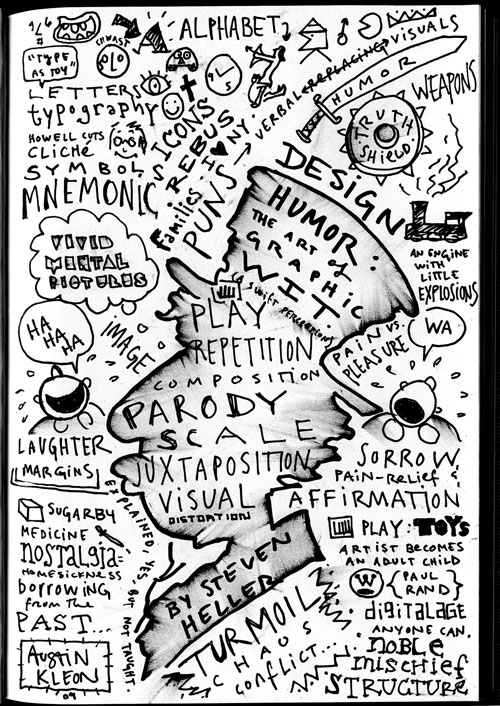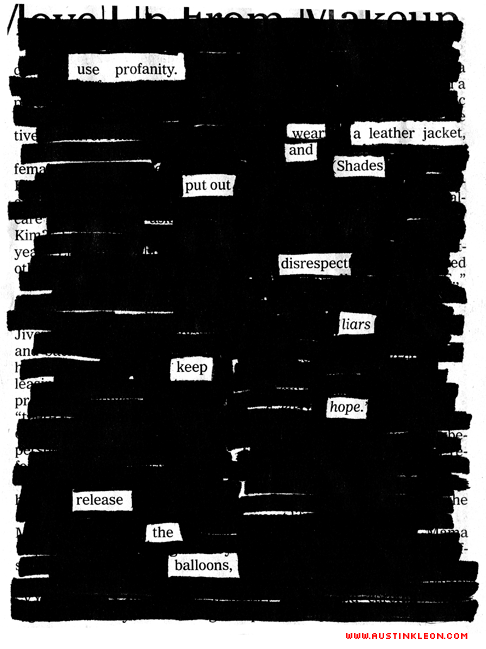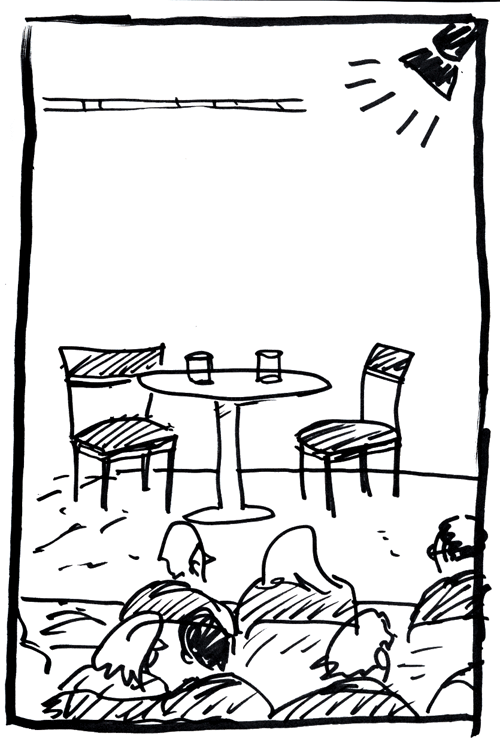
I headed over to KLRU’s studio 6A this afternoon to watch a Texas Monthly Talks taping of Evan Smith interviewing Billy Bob Thornton. Thornton was funny, smart, and down-to-earth.
He said that he spent most of his childhood on the road and playing in bands, and that although he grew up in Arkansas and lives in California, Austin is like a second home to him. “This is where my heart is. I mean, I know the street people here.”
He bristled at the idea that he was an actor dabbling in music: “I’m a musician who makes movies.”
He said that it’s easy to blame studios and producers in Hollywood for the quantity of bad movies out there, but we also “have to blame ourselves. If we buy crap, they’ll keep feeding it to us.”
And when it comes to making those movies? “Well, I gotta do one every once in a while to pay for the house, you know?”
He hasn’t directed a movie since All The Pretty Horses, a movie the studio demanded an hour be cut from and rescored. He expressed interest in showing the uncut 3-hour version with the original score by Daniel Lanois! (SXSW 2010?)
On his drunk scenes in Bad Santa: “When you do a movie like that you gotta go all the way. And being a method actor…”
At one point while discussing Sling Blade, he said, “Here let me show you something.” He put down his head, raised it slowly, and transformed into the character of Karl Childers for about 15 seconds. It was fantastic, and everyone cheered.
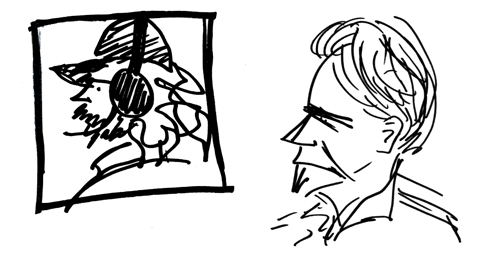
Here’s a sketch of a random dude from the audience who was fun to draw:
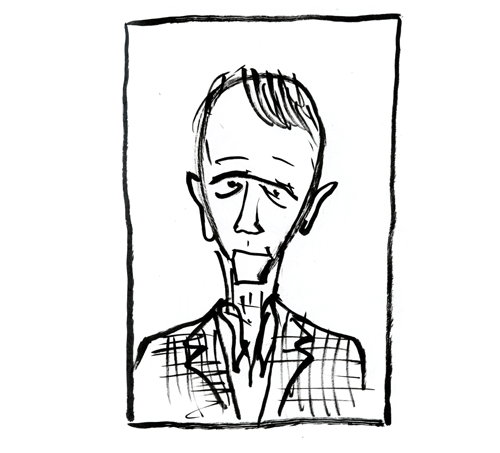
Big thanks to Sara Robertson, who gave me a little tour of the KLRU studios afterwards. Let me tell you: KLRU is a great station, and everybody I met there was super nice and if you live in Austin you should support them with as much dough as you can spare.
